Pregnancy is a transformative journey, bringing about numerous physical and emotional changes. Staying active during this period can provide a multitude of benefits, including improved mood, enhanced energy levels, better sleep, and reduced discomforts like backaches. However, it’s crucial to engage in exercises that are safe for both the mother and the baby. Here’s a detailed look at the types of exercises that are considered safe and beneficial during pregnancy.
1. Walking
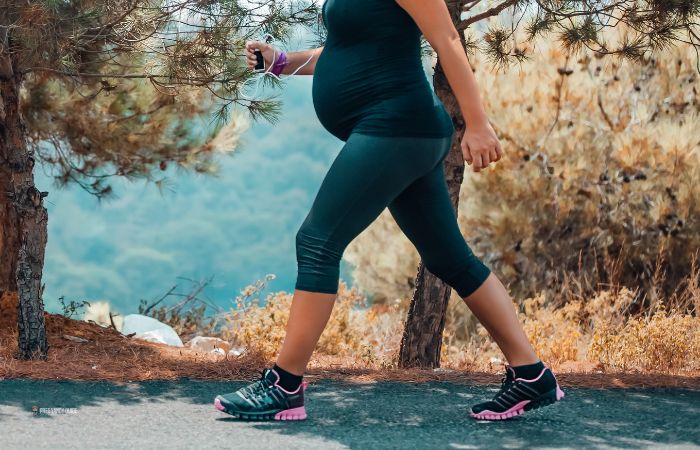
Walking is one of the safest and easiest exercises to incorporate into a daily routine. It provides cardiovascular benefits without putting too much stress on the body. A brisk walk for about 20-30 minutes a day can help maintain fitness levels and improve circulation. It’s important to wear supportive shoes and walk on even surfaces to avoid falls.
2. Swimming and Water Workouts

Swimming is highly recommended during pregnancy as it provides a full-body workout without exerting undue pressure on the joints. The buoyancy of water supports the body, making movements easier and reducing the risk of injury. Water aerobics can also be a great way to enhance cardiovascular fitness and muscle strength. Ensure the water temperature is comfortable and avoid overly hot pools.
3. Prenatal Yoga
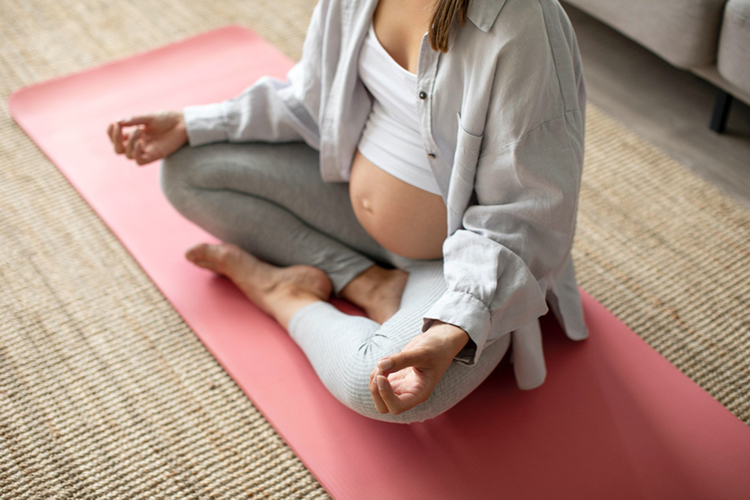
Prenatal yoga is tailored specifically for pregnant women, focusing on gentle stretching, relaxation, and breathing techniques. It helps improve flexibility, strength, and balance, which are essential during pregnancy. Additionally, yoga promotes mental well-being and can be beneficial for stress relief. Classes designed for pregnant women ensure that poses are safe and modifications are made to accommodate the changing body.
4. Pilates
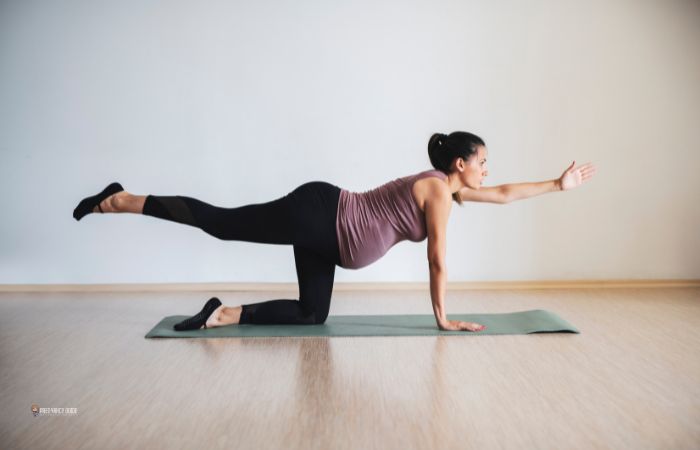
Pilates is excellent for strengthening the core muscles, which can alleviate back pain and improve posture. Prenatal Pilates classes are designed to avoid positions that are unsafe for pregnant women, such as those that require lying flat on the back after the first trimester. Instead, they focus on exercises that strengthen the pelvic floor, back, and abdominal muscles, which are crucial for labor and delivery.
5. Strength Training

Moderate strength training can be safe and beneficial if done correctly. Using light weights or resistance bands can help maintain muscle tone and improve overall strength. It’s vital to avoid heavy lifting and exercises that put strain on the abdomen. Focus on controlled, slow movements and ensure proper breathing techniques. Consulting a fitness professional who is experienced with prenatal exercise is recommended.
6. Stationary Biking and Cycling
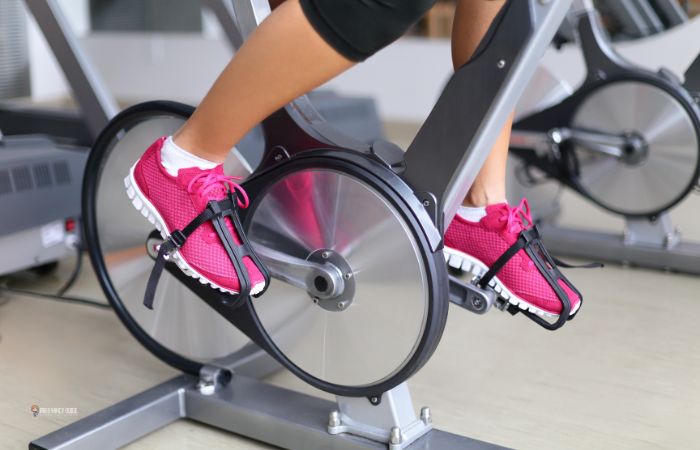
Stationary biking is a good option for maintaining cardiovascular fitness without the risk of falling. It’s low-impact and can be adjusted to different fitness levels. Cycling on a regular bike is safe during the early stages of pregnancy but should be done with caution as the center of gravity shifts, increasing the risk of falls. Stationary bikes eliminate this risk while providing similar benefits.
7. Kegel Exercises
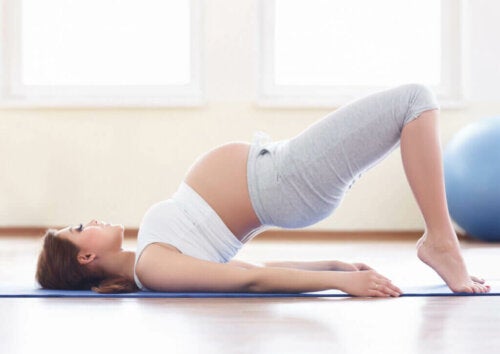
Kegel exercises are particularly beneficial during pregnancy as they strengthen the pelvic floor muscles, which support the uterus, bladder, and bowels. Strong pelvic floor muscles can help during labor and reduce the risk of incontinence post-delivery. These exercises can be done anywhere and involve contracting and relaxing the pelvic floor muscles.
8. Stretching

Simple stretching exercises can help maintain flexibility and reduce muscle tension. Stretching the neck, shoulders, lower back, and legs can alleviate common pregnancy discomforts. It’s important to avoid overstretching, as the hormone relaxin increases flexibility and could lead to injuries if stretches are too intense.
Important Considerations
While exercise is beneficial during pregnancy, certain precautions need to be taken to ensure safety:
- Consultation with Healthcare Provider: Before starting or continuing any exercise regimen, it’s crucial to consult with a healthcare provider. They can provide personalized advice based on individual health conditions and pregnancy progression.
- Listening to the Body: Pregnancy is a time to listen to the body’s signals. If an exercise causes pain, dizziness, shortness of breath, or any unusual symptoms, it should be stopped immediately. Rest and hydration are equally important.
- Avoiding High-Risk Activities: Activities with a high risk of falling or abdominal trauma should be avoided. This includes contact sports, skiing, horseback riding, and activities involving jumping or rapid direction changes.
- Hydration and Nutrition: Staying hydrated is essential during pregnancy. Drinking water before, during, and after exercise helps prevent dehydration. Additionally, maintaining a balanced diet ensures that both mother and baby receive the necessary nutrients for health and energy.
- Proper Attire: Wearing comfortable, breathable clothing and supportive footwear can prevent overheating and reduce the risk of injury. Maternity fitness wear is designed to accommodate the growing belly and provide necessary support.
Conclusion
Exercise during pregnancy offers numerous benefits, but it’s essential to choose activities that are safe and appropriate for the changing body. Walking, swimming, prenatal yoga, Pilates, strength training, stationary biking, Kegel exercises, and stretching are excellent choices that promote physical and mental well-being. Always consult with a healthcare provider before starting any exercise program to ensure it’s safe for both mother and baby. By staying active and mindful, pregnant women can enjoy a healthier, more comfortable pregnancy.

